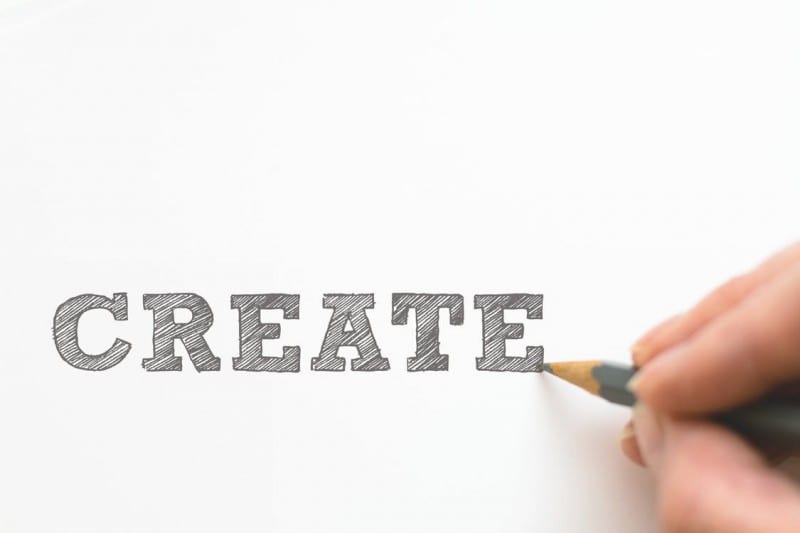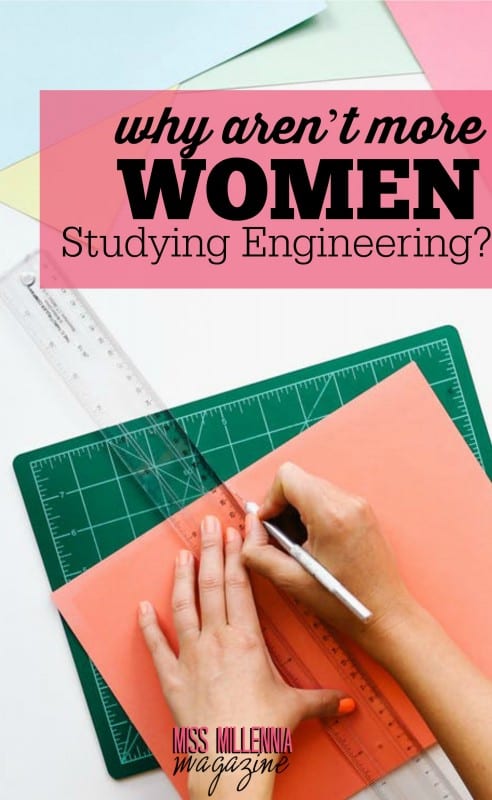Why Aren’t More Women Studying Engineering?
To be asked to name famous engineers is no easy task, but to be asked to name female engineers would make the answer much more difficult, wouldn’t it? It is interesting to think about it, given that without engineers our lives would be significantly different. Our homes, our cars, and our tools all include elements that are made possible by engineers. Would women really not be a part of all these achievements? If you type in “female engineers” into Google, you’ll realize there are many admirable women in the field, we are just not well informed. Why is that?
Currently, only 13% of practicing engineers in the United States are women. The rate of women is 20% among engineering students, which indicates that not only do women leave the field after receiving their degree but there are only very few women who want to study engineering in the first place. Women are just as suitable for taking on an engineering career as men. In general, women earn higher GPAs and credits than their male counterparts in the first semester of college, partially because they have higher grades in high school as well.
So when we’re living in an era where women become doctors and scientists, why aren’t there more women in engineering? In the United States, girls receive the same education as boys, but are their chances of becoming an engineer the same? Or is it more about motivation?
Stereotype threat
The term stereotype threat is a bit complex: according to Wikipedia it is “a situational predicament in which people are or feel themselves to be at risk of conforming to stereotypes about their social group.” The social group, in this case, can be anything one associates themselves with. As a consequence of the stereotype threat, in situations in which one feels their stereotype to be emphasized, achievements might differ from those in non-hostile environments. As an example presented from the American Psychological Association, African-American girls scored lower on a test when the test was presented to compare abilities (potentially triggering the stereotype that Blacks are less intelligent than Whites) and scored better when the aim was phrased differently.
Regarding engineers, the stereotype is “Engineering is for men.” We might think that this isn’t present anymore, but unconsciously this assumption is still in people’s minds. One statistic that can indicate this unconscious prejudice is that while 14.8% of men always dreamed of working in science or engineering, only 2.1% of women had the same plans as a child.
Mindset
In the United States, girls partake in the same education system as boys. They can visit the same classes and will be taught by the same teachers. But is that all? Reshma Saujani, the founder of Girls Who Code, claimed in a TEDx talk that girls are more raised to be smart and perfect, but boys are praised for being brave. She said that thanks to this mindset, women will most probably avoid risks, while men are more likely to find challenging situations exhilarating. Breaking stereotypes and entering engineering where the expectations are high is an environment boys might enjoy more, due to social conditioning.
Social context
According to Lina Nilsson, the innovation director at the Blum Center of Developing Economies, experience has shown that “if the content of the work itself is made more societally meaningful,” more women tend to enroll. Since previous experiences have supported this theory, it should be a goal to highlight the societal importance of certain programs, helping women to see that their work will be valued by many.
Lack of role models
As mentioned at the beginning of the article, many people aren’t aware of the number of female engineers who have achieved something significant in their field, which is a shame since it has been stated by Girl Scouts, that “girls who are interested in STEM have had greater exposure to STEM fields than girls who are not interested in STEM.”
If you type in “female engineers” into Google, you can read about women who are currently working or in the past have done something and are admirable for their work. For example, Edith Clarke was the first female electrical engineer. Hedy Lamarr (among others) developed a radio guidance system for Allied torpedoes in WWII. Both of them, along with numerous others, we can be proud of should look up to.
My advice:
After becoming familiar with some of the reasons why women tend not to choose engineering as a career path, it should be clear that the issue isn’t capability, rather the way engineering is perceived by girls. For those who were playing with the idea of working in a male-dominated field, my advice to be courageous. Who says you shouldn’t? Why should being different be an issue?
And I lift my hat to those who are currently struggling to break down the stereotypes. The only way the unconscious blocks can be resolved is by gradually generating positive experiences, being proud of your achievements and letting others know about it. A perfect example is the #ilooklikeanengineer campaign. Female under-representation in engineering and in other male-dominated fields can be resolved, but it takes time and effort to change not only the numbers but to change the mindset.







